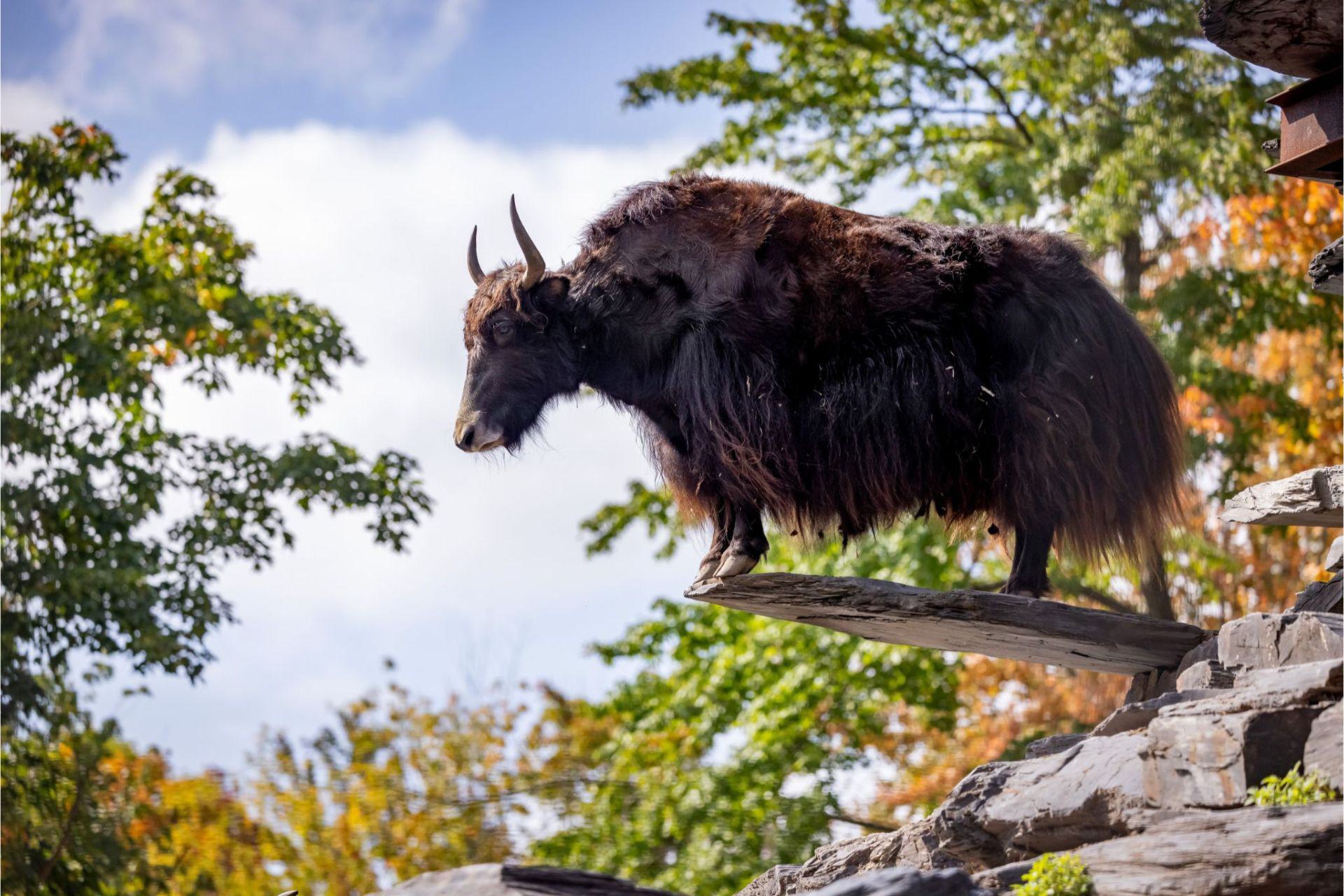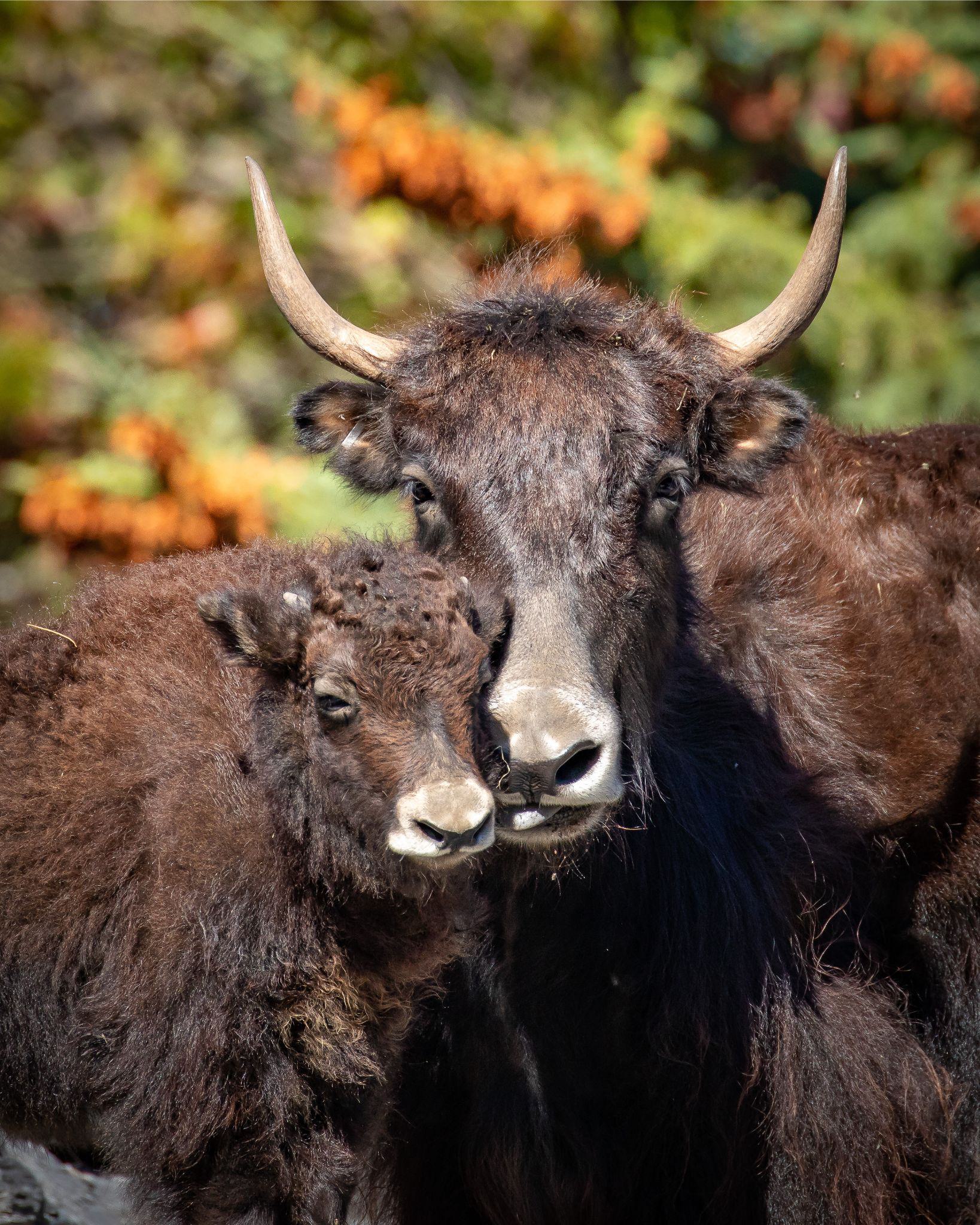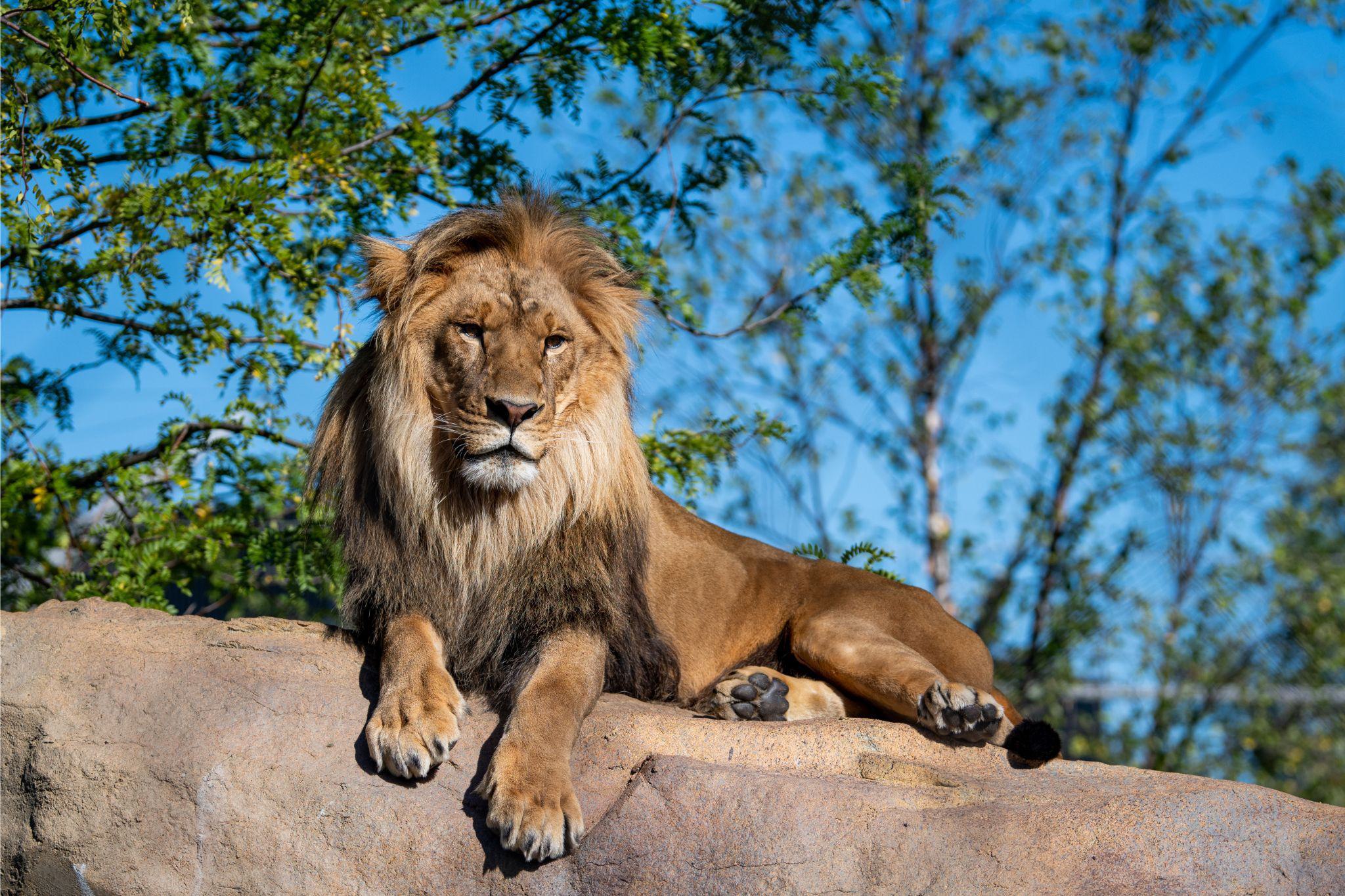
Yak
Yak
Distribution
Tibet, Nepal
Diet
Herbivore
Habitat
Desert plateau
Latin Name
Bos mutus
IUCN conservation status
Essential and precious animals in Tibet, yaks are built to withstand the harsh climate of the world's highest mountains.
Interesting informations










